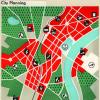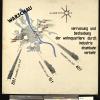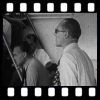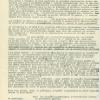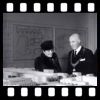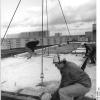Changing Society through Technology
The Hague under construction
Industrialized housing construction, that is, the use of prefabricated building modules, was more than a technological approach to building; rather, it was envisioned as the key to realizing a better world.
With remarkable advances in concrete technology, as well as the use of steel and glass, cheap, fast, and large-scale building seemed to be realistic in the 1920s. Backed by a belief in planning, industrialized building merged into the powerful idea of the functional city, especially after the Second World War.
Strikingly, the destruction wrought by the disastrous efficiency of new modes of aerial warfare brought about shared problems for large parts of Europe after 1945. Planners in the United Kingdom, the Netherlands, and the newly emerging West Germany often regarded this destruction as something positive: there would be a chance to build more efficient and social cities.
The Western countries chose ostensibly modernist solutions, frequently employing the idea of the functional city, to rebuild their war-torn cities after 1945. The Lijnbaan in Rotterdam, for instance, was built only for shopping, a new idea at the time.
In Eastern Europe, Socialist Realism, a style and urban program much more devoted to traditional building styles, was often enforced by Stalin, and dominated the field until in the 1950s. Ironically, just as modernism began to lose popularity in the West, huge concrete and functionalist settlements started in the East. These were extreme versions of the functional city.
 Previous Story
Next Story
Previous Story
Next Story
How to cite this page
Martin Kohlrausch, 'Changing Society through Technology', Inventing Europe, http://www.inventingeurope.eu/knowledge/changing-society-through-technology
Sources
Gold, J.R. (1997) The Experience of Modernism: modern architects and the future city, 1928‑53, London, E. & F.N. Spon/Routledge,
Mauro F. Guillén, The Taylorized Beauty of the Mechanical: Scientific Management and the Rise of Modernist Architecture, Princeton: PUP; 2009.
Miikael Hård / Thomas J. Misa (eds.): Urban Machinery. Inside Modern European Cities, Cambridge, Mass.: MIT Press 2008,





